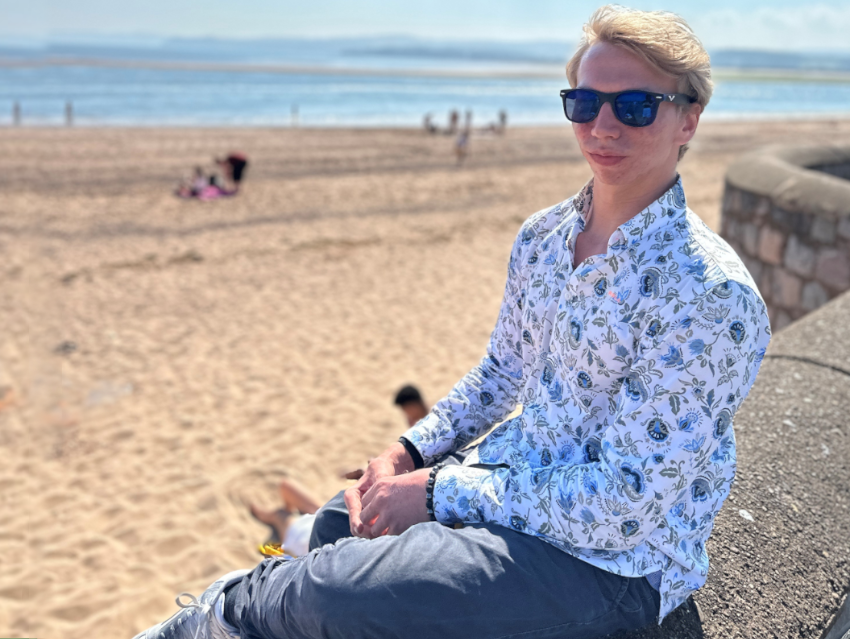Experiences From a Year Abroad in Japan
I’ve been sitting in a wheelchair since I was ten years old and even from the age of seven I was been physically restricted following an inflammation in my brain stem. Inclusion was quite difficult when I was at school. For example, I had to listen to how some students insulted me and said that I would only be a burden to the state later anyway.
When I started my studies at Justus Liebig University Gießen (JLU), a new phase of my life began. I was able to make direct contacts and was even elected deputy semester representative. After a good six months, I became the semester representative and took care of the concerns of my fellow students and, if necessary, brought them to the examination board. From the beginning of my studies, I was also been a member of the student council, where, in addition to office hours, I was involved in the planning and implementation of student celebrations.
Thanks to the commitment of various professors such as Professor Schindler, Professor Göttlich, and Professor Smarsly, I became aware at an early information session of the possibility of studying abroad. This is offered during the master’s program, as there is no free time beforehand due to the fairly packed schedule. Through a so-called “double degree agreement” it is possible to travel to partner universities and complete part of your master’s degree there. In addition to having an intriguing time, you would receive a degree from the partner university, said the professors during the presentation.
This left a lasting impression on me as a young student. It was also noted that such an exchange program should also be possible for Japan in the future, but not during my time as a student. Now you should know that I have had a soft spot for Asian culture and its writing and architecture since I was a child. I had already come to terms with the fact that an exchange program in Japan would not be an option for me, when, as a member of the department student council, I was unexpectedly allowed to vote on exactly this agreement. It was quickly implemented, so in March 2022, I applied for a year abroad at the Japanese Kansai University in Osaka.
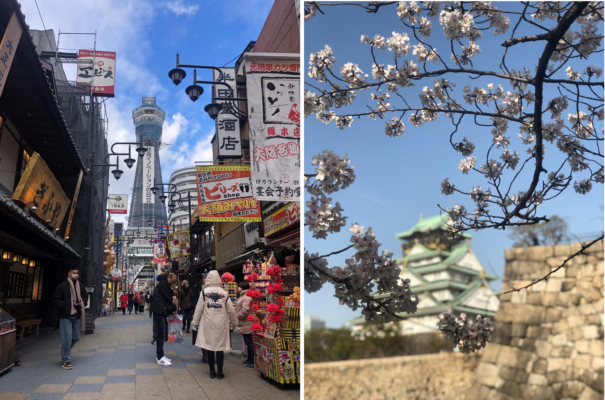
Figure 1. Tsūtenkaku (通天閣) tower in the Shinsekai district in Osaka and cherry blossoms in front of Osaka Castle (大坂城 or 大阪城), one of Japan’s most famous landmarks.
Application Process
To begin the application process, I first had to find a professor who would supervise me during my stay. After some research, I came across Professor Fumio Sanda’s Polymer Design & Creation Lab. This lab deals with various polymers. These include platinum-containing polymers, polymers with higher-order structures, and high-performance polymers based exclusively on carbon (polybenzoxazines). During my bachelor’s thesis, I had worked on copper complexes and investigated their use as a green method for the oxidation of external substrates. I found the use of coordinate chemistry in polymers extremely interesting. As polymer research is not well represented at JLU and I wanted to further my education in this area, I ultimately applied for it. Professor Sanda was happy to welcome me to his group in the coming winter semester. The topic of my research work for this year was: “Ethynylene-, vinylene- and ethylene-linked benzoxazines: Effect of linkers on the curing behavior and thermal properties.”
A whole lot of formalities followed, such as finding a place in a dormitory, medical examinations, and the official application for the year abroad via our dean of studies. Applying for the visa was rather an adventure as it took more time than usual due to SARS-CoV-2. This meant that I could only pick up my visa at the Consulate General in Frankfurt right on my way to the airport.
Arrival in Japan
When I arrived in Tokyo, staff took me to my plane to Osaka, which was expedited by my vaccination certificates, which had already been filled out in an app. At Kansai Airport, I was picked up by two students from Professor Sanda’s laboratory and taken to my dormitory. After almost a day of traveling, with all my suitcases and no experience of how the train system works, I was very grateful for this.
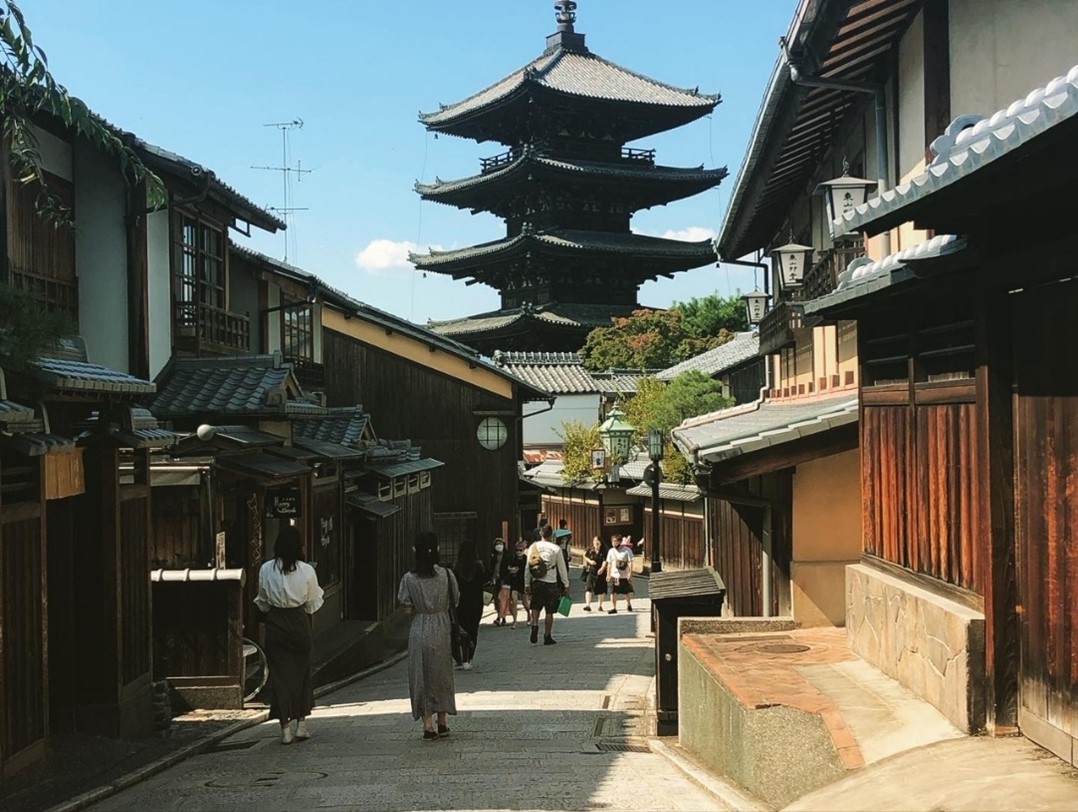
Figure 2. Yasaka Pagoda (八坂の塔) in Kyoto.
My life in Japan began with a week of having to take care of all the formalities and registrations. This initially included reporting to the city hall of Suita, a district of Osaka in which Kansai University and my dormitory were located. As a resident, you also need a bank account, which you could set up, for example, at the Japanese Postbank. As no one spoke English here, or in most other branches, opening the account was difficult. Therefore, I first had to find an interpreter who could translate the bank employees’ questions into English.
This was followed by setting up health insurance, the national pension plan, and a mobile phone contract, as without navigation apps, you would be lost in Japan. Additionally, Japanese people use Line, not WhatsApp, and you need a phone number to get in touch with and stay connected to students.
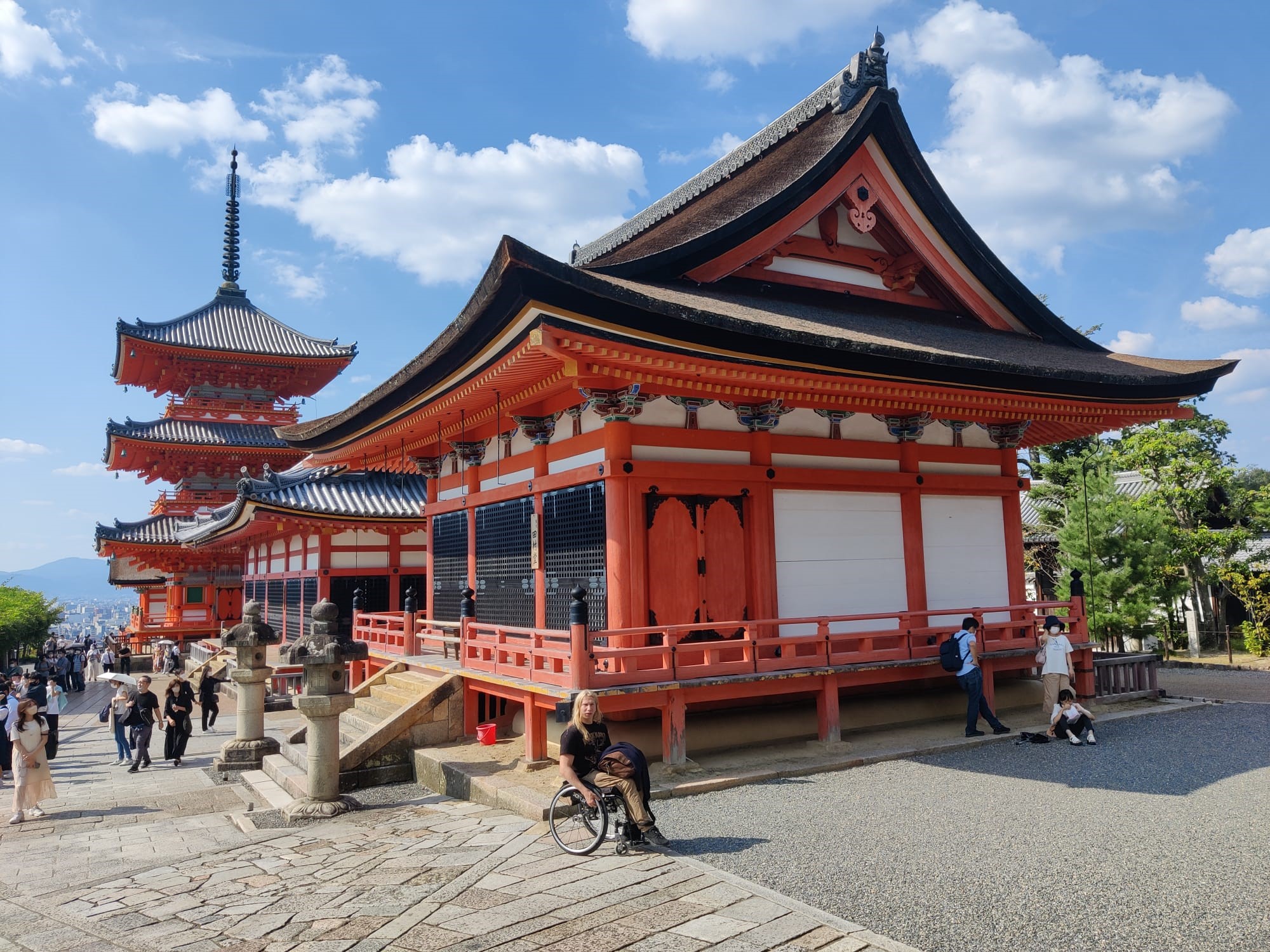
Figure 3. Kiyomizu-dera (清水寺) temple in Kyoto.
Accessibility in Japan.
My normal day began with having to get from my dormitory to the university, from which I was separated by only a short distance horizontally but many meters vertically. Away from the city cores, Japan tends to be very hilly, which doesn’t make life any easier for a wheelchair user. It was particularly demanding due to the subtropical climate, with temperatures often over 35°C and 70% humidity. I was able to cope with these circumstances through friends who supported me on some days or simply through training. Because if you face physical challenges every day, your body will adapt to the conditions over time. It was less of an option to hope for help from Japanese citizens, as they generally avoided offering help due to the language barrier.
Since local passenger transport is largely separated from rail transport in Japan, as many people may know, the trains arrive extremely punctually and are usually only a few seconds late. If you are in a wheelchair, the staff will ask you where you want to go and whether you need help. If this is the case, a member of staff will be waiting for you at the platform with a ramp to allow access to the train. At the same time, the staff at the destination platform will be informed. In densely populated areas, almost all train stations have elevators, although if you travel further from the tourist areas towards the countryside, they are much less common. This meant that I often had to take the stairs. I still remember very well a situation in which I wanted to meet friends for dinner in Osaka, but there were no elevators or other people on the platform. That was one of those moments when I first had to consider, “How do you get out of this situation?” Of course, there were moments like that more often during my stay, but I was lucky enough to be surrounded by friends who were literally able to give me a hand.
Accessibility is a general problem in Japan, whether in clubs, shops, bars, or even in normal stores. There is usually at least one step in front of the buildings, which made everyday life even more difficult. Nevertheless, the diversity of small shops in every corner creates a special and unique atmosphere.
In the Lab
My professor’s labs were quite small, so it was not possible to work there with a wheelchair. Luckily, my professor assigned me two students who supported me in my work. As we had to share two fume hoods with around twelve people, good communication was essential. Unfortunately, there was a large language barrier in the laboratory as I did not have sufficient knowledge of Japanese and, with a few exceptions, my colleagues did not have enough knowledge of English. However, the problem of the English language can be found in all social classes and areas. The reason for this is that Japanese schools teach almost exclusively English writing. As a result, only very few people develop the actual skills for speaking. It is difficult to use a language that you have never learned to speak in everyday life. Because of this and the fear many Japanese people have of making mistakes when speaking, it is difficult to communicate in English in Japan. This not only affects colleagues but also professors.
In contrast to Gießen and other German universities, everyone had to carry out their measurements, such as NMR, themselves, which was an interesting experience for me. In general, over the year I have been able to gather a lot of impressions of the working methods and approaches my colleagues on the other side of the world use every day.
The University
Kansai University is one of the largest private universities in Japan with over 28,000 students (as of 2020). There are cafeterias on campus where you can eat very cheaply. You can get a full meal there for between €2 and €3 and you can choose between various Japanese dishes and “Italian” pasta. There were also several konbini on campus, which are stores that are usually open 24 hours a day and were always busy at lunchtime.
International students mostly come to Kansai University for a set program, which they often cannot count towards their studies. In order to get as much out of your stay in Japan as possible, it is a good idea to engage a lot with international students. The university also has a so-called “Mi-room”, which was designed as a meeting point and retreat for international students. But a few selected English-speaking Japanese students also had access there.
In front of the main gate of the university, a long street with restaurants, bars, and izakayas (Japanese pubs) stretched all the way to the nearest metro station, Kandaimae Station. This enabled culinary development after a long day in the laboratory with a bowl of ramen (Japanese noodle soup), Indian curry, or traditional Japanese food. I always noticed how cheap it is to eat out compared to Germany.
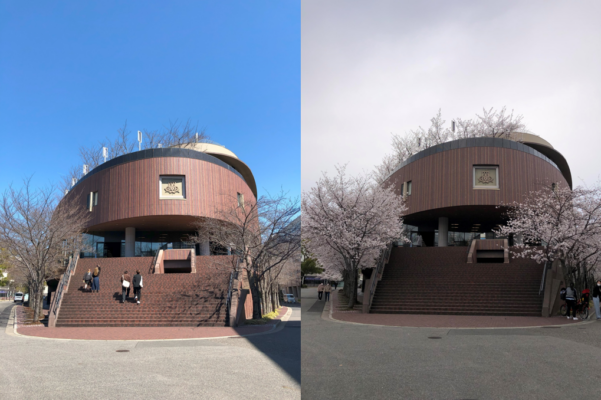
Figure 4. Mensa at Kansai University in Suita, Osaka.
Life Outside of University
As international students, we built up a large, familiar group that mastered everyday life together and also enjoyed going to our regular bar in the evening. This was right in front of the university and gave us many wonderful memories of celebrating Christmas, Halloween, birthdays, and other events together.
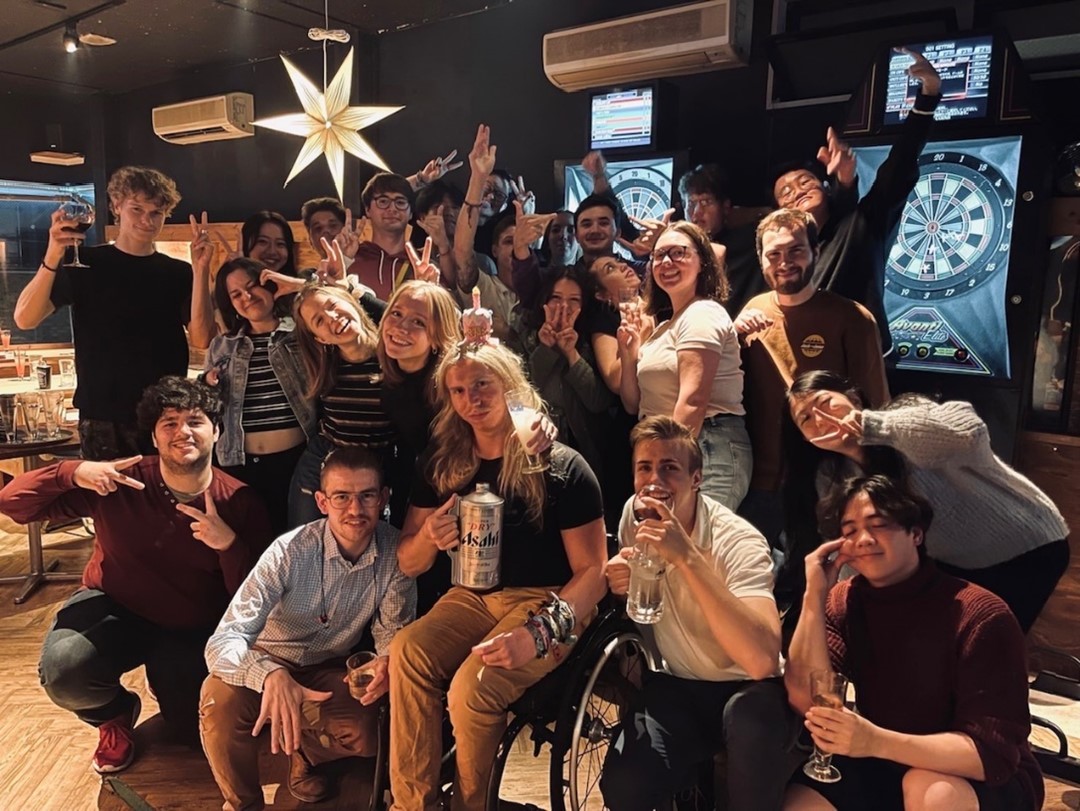
Figure 5. Birthday party at our regular pub in 吹田市 (Suita).
We traveled through Japan together to get to know the culture and the people. For example, we rented a house in Kyoto and spent the weekend there together. I had almost no homesickness because I was able to quickly build a life with friends who were like family to me. Of course, that doesn’t mean I didn’t miss my family and friends back home. However, it didn’t feel like they weren’t there. Thanks to video calls, which are now possible and free of charge, communication is really very easy. I was also visited by many groups of friends and my parents, which made it easy for me because the homesickness couldn’t build up.
Departure
After completing my research work on benzoxazines as high-performance polymers and presenting my results to the professors at the institutes, it was time for me to prepare for my departure. To do this, I had to cancel all existing subscriptions, close my bank account, and deregister from city hall. The last remaining thing was time to clear out my room in the dormitory and pack everything into suitcases before I set off on my journey. However, I didn’t go straight back to Germany but rather went on a tour through Asia, where I visited the friends I had made over the last year in their home countries.
Asia Trip
The first stop was Taiwan, where I was guided through the country, its culture, and the places worth seeing by my Taiwanese friend. We traveled for over a week and visited Taipei and its surrounding area as well as Teichung. She herself loves the food in Taiwan, and for me Taiwanese cuisine was one of the best in Asia. I also got to know her mother and friends, which was a very nice experience as it rounded off the extensive impression of the country through contact with other locals.
After I said goodbye to her and her mother after a final meal together, I went to Kuala Lumpur, where my friend was already waiting for me at the airport. Since he had a car, traveling across the country was all the easier. We visited the Genting Highlands and, in addition to the “must-do” sights, we also visited Malacca, which is a two-hour drive from Kuala Lumpur. After one night we drove back to Kuala Lumpur where we stayed with the family of one of his friends as they lived near the airport. He drove us to the airport the next morning so we could fly to Singapore. Just in time for the Malaysian National Day, we were back in Kuala Lumpur from where I flew to Indonesia the next day.
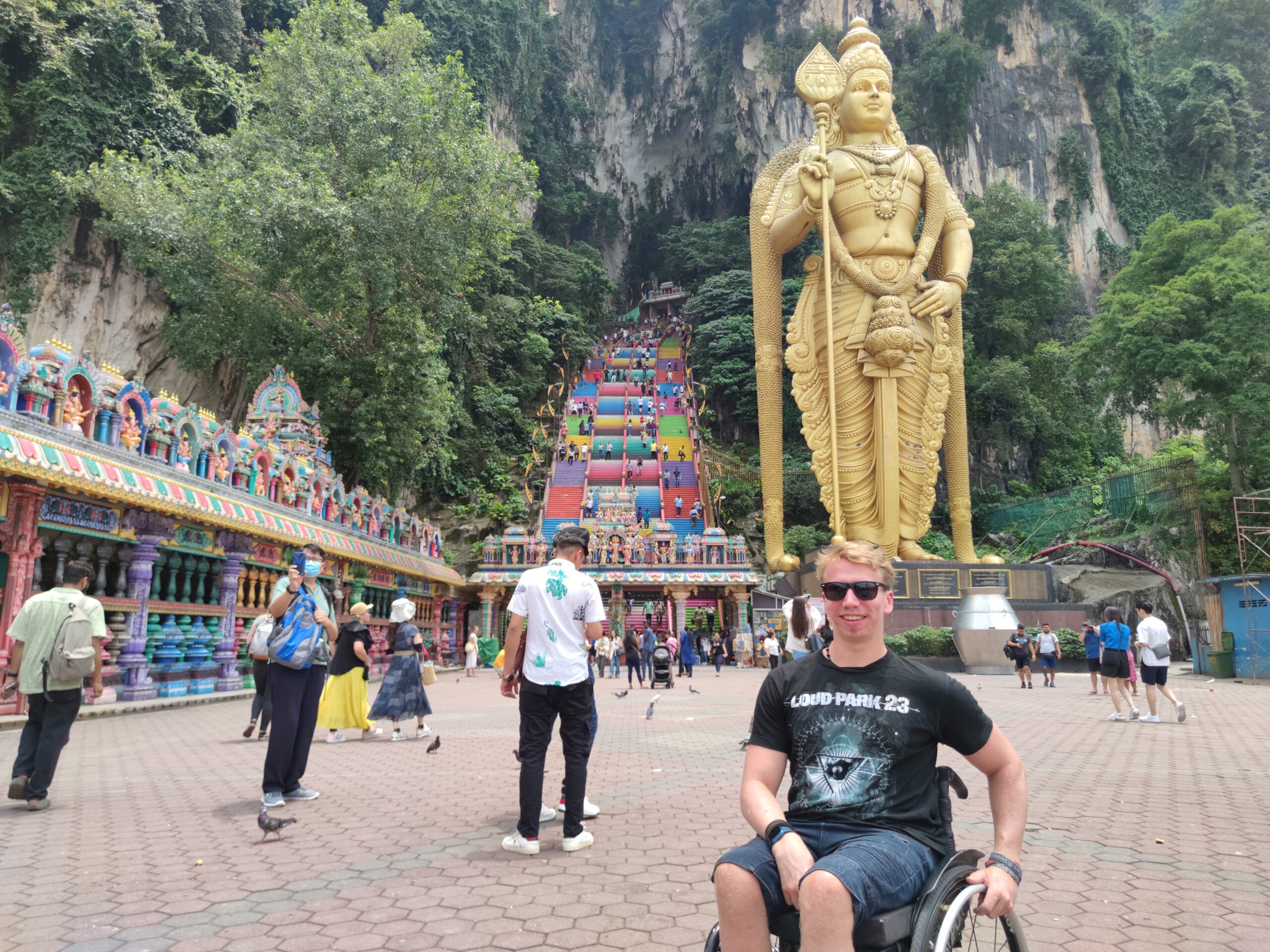
Figure 6. Malaysia’s Batu Caves are home to one of the most important Hindu shrines.
Since my friend, who I wanted to meet in Bali, canceled, I explored both Denpasar and Ubud on my own. After five days I went to Korea where I spent the last days of my trip to Asia in Seoul. However, after meeting my Korean friend one last time, I realized that I was homesick for Japan. Accordingly, I left early so I could spend some time with my Japanese friends before heading back to Germany five days later.
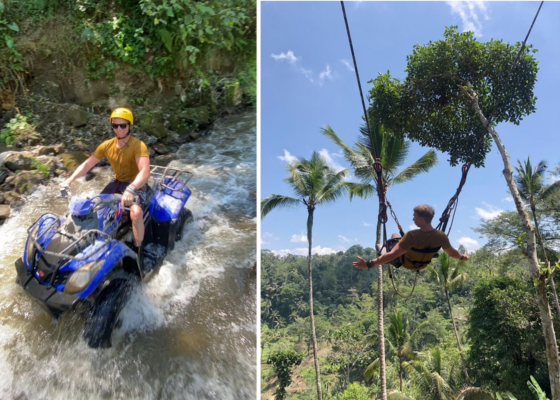
Figure 7. Adventure in Bali.

Figure 7. Gyeongbokgung Palace in Seoul, South Korea, and on National Day in front of the Twin Towers in Kuala Lumpur, Malaysia.
At that point, I couldn’t really imagine coming back to my life in Germany. It was surreal to return home after more than a year. Today, almost six months later, it seems to me as if I have lived someone else’s life for a year. They are memories that I wouldn’t want to miss under any circumstances and can only warmly recommend that everyone take the step of studying abroad.
Final Statement
You could talk to people from all over the world every day and make friends. For me, someone who wasn’t good at English at the start of my stay, this was a big challenge that I assumed I wasn’t up to. However, with each passing week, I found that I was getting better and making more and more friends as a result. Borders or nationalities, war or politics played no role. We were all in a country we didn’t know. We were all the same.
I now look back on a time that greatly shaped and developed me and my character, that gave me friends from all over the world with whom I am still in contact and am happy that I was able to have this unique experience and share it with you.
Also of Interest

Stories about obtaining a Ph.D. in a foreign country

A compilation of articles on experiences from studying abroad
